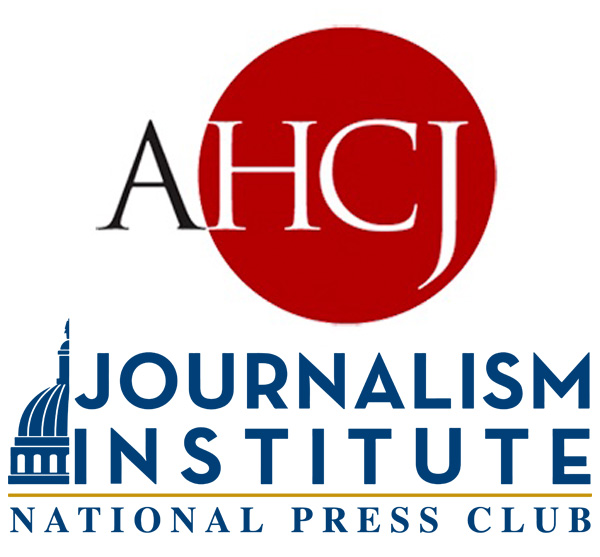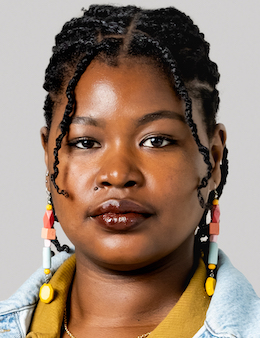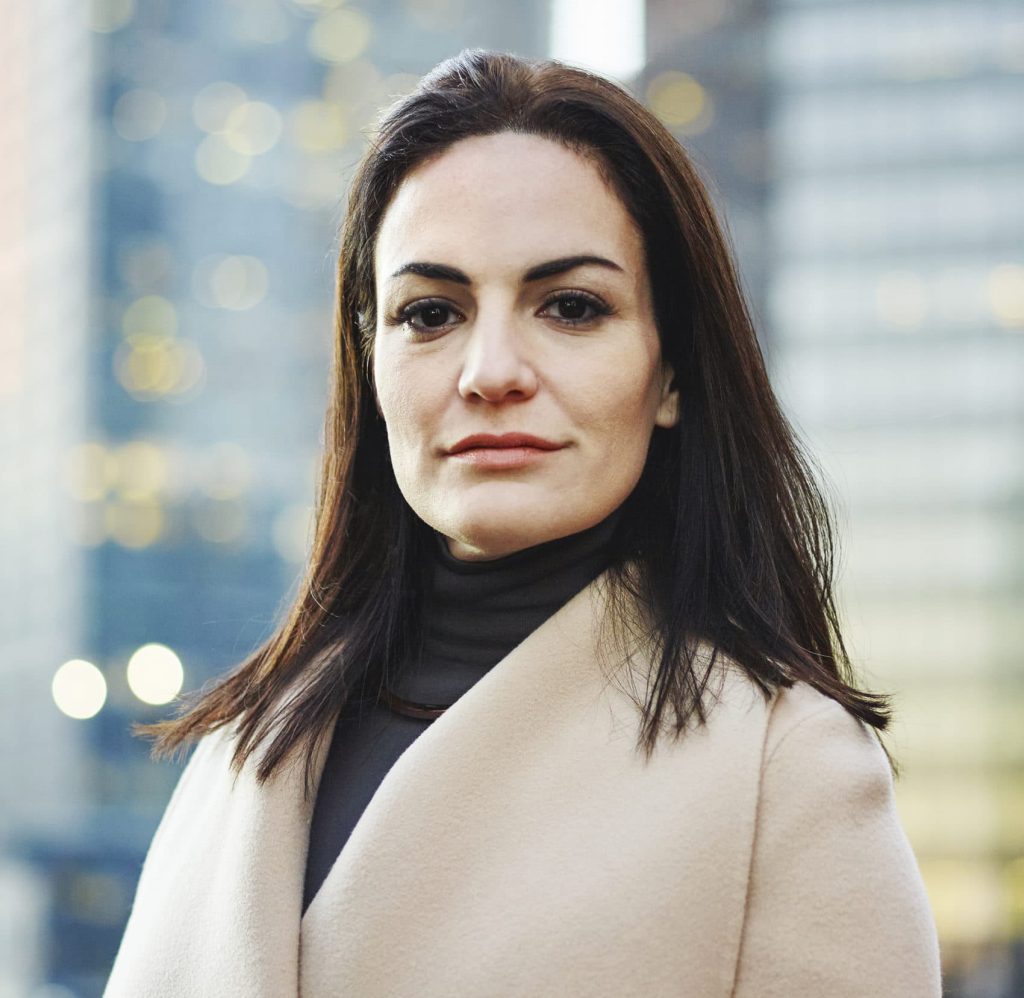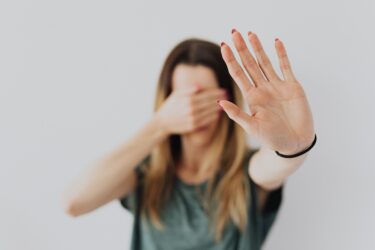Editor’s note: This article was originally published by the National Press Club Journalism Institute on Feb. 12, 2024
While much news coverage of firearm violence is reported through the lens of crime and politics, experts say this framing overemphasizes mass shootings and fails communities seeking solutions to gun violence. On Feb. 9, experts shared their advice on how to shift story framing to one that emphasizes solutions, prevention methods, and data.

- Be aware there is no official federal definition of the word ”mass shooting.” Congress defines a mass shooting as “three or more killings in a single incident,” and the FBI defines mass murder as “four people or more” killed in a single event. While the Centers for Disease Control and Prevention tracks gun deaths, it doesn’t track mass shootings. The lack of clarity skews the narrative about how and where gun violence is occurring across the country.
- Build your network of sources beyond police to include public health professionals and violence prevention experts. Include the voices of families and firearm injury survivors in stories. Many stories only feature law enforcement voices, which can contribute to the public’s perception that only police, and individuals armed with guns, can prevent firearm violence.
- The story doesn’t end after the shooting. Keep the story in the public eye through stories on the anniversaries of a shooting, holding the police accountable for unsolved gun deaths, or focusing on lingering financial and social impacts of gun injuries.
- Talk with and include gun owners and gun-rights advocates in stories. Millions of Americans legally ownguns and care about gun safety. “We always try to talk to gun owners,” says Jennifer Mascia, senior news writer at The Trace, because “the vast majority of gun owners…will never do a law-breaking thing in their lives and … operate guns safely.”
- When talking to victims of firearm violence, use trauma-informed reporting techniques, such as walking people through how they will appear in a story before the article is published. “Sometimes it feels like bending the rules of journalism,” Mascia says, but it can prevent real psychological harm to the people included in the story.
For more advice, please watch the program replay. This program was produced by the National Press Club Journalism Institute, with support of the Association of Health Care Journalists.
Speakers

Kaitlin Washburn is AHCJ’s health beat leader for firearm violence and trauma and a reporter for the Chicago Sun-Times. She was a gun violence reporter for two years in Missouri for The Kansas City Star as a Report for America corps member. Previously, Washburn was an agriculture reporter covering the omnipresent industry in California’s Central Valley for The Sun-Gazette, also as a part of RFA. Previously, Washburn had internships at the Morning Call in Pennsylvania, the Center for Responsive Politics in Washington, D.C. and The Oregonian in Portland. She spent three years as a researcher for Investigative Reporters and Editors, based at The University of Missouri.

Jessica Beard, M.D., is a trauma surgeon at Temple University in Philadelphia, PA, a Stoneleigh Foundation Fellow, and Director of Research for The Philadelphia Center for Gun Violence Reporting. Her research examines the perspectives of firearm-injured people on media reports of their injuries and seeks to define, measure, and support minimization of harmful reporting on community firearm violence.

Abené Clayton is a reporter in the Guardian’s California office and is the lead reporter on the newspaper’s “Guns & Lies in America” series, which launched in 2019 and focuses on the impacts of and solutions to community violence. She started covering gun violence in her hometown of Richmond, California, and is now based in Los Angeles where she covers the people who live where shootings and homicides happen most.

Jennifer Mascia is a senior news writer and founding staffer at The Trace, the only newsroom that exclusively covers gun violence, which launched in 2015. She previously reported on gun violence for The New York Times, where she began her career as a news assistant. She served as the lead writer for the Times’s annual Neediest Cases campaign, which profiles New Yorkers in need, and wrote and produced The Gun Report, a daily tally of gun violence victims in America that ran for a year and a half after the Sandy Hook shooting.
Additional resources
- Association of Health Care Journalists’ gun violence topic resource page
- Gun violence reporting certification: What it is and why journalists should get it (AHCJ)
- ‘Like I’m a nobody’: Firearm-injured peoples’ perspectives on news media reporting about firearm violence (Qualitative Research in Health)
- The Philadelphia Center for Gun Violence Reporting / Research at the Center
- Humanistic Gun Violence Reporting: a toolkit for media for minimizing harm in episodic stories (PCGVR)
- Philadelphia Center for Gun Violence Reporting certification workshop (Spring 2024)
- The Guardian’s Guns and Lies Project
- The Trace’s gun violence story archive
- The gun data expert who changed the definition of ‘mass shooting’ (The Trace)
- The way we define mass shootings affects how we respond (The Trace)
- When 12 people are shot in your neighborhood, and America shrugs (The Trace)
- School shootings worry parents, but guns are more dangerous at home (The Trace)
- Methodology and definitions for The Post’s mass killings tracker (Washington Post)
- Mass killing database: Revealing trends, details and anguish of every US event since 2006 (The Associated Press and Northeastern University USA TODAY)
- What does the data show on deadly shootings by 18-to-20-year-olds? (Poynter)
About the National Press Club Journalism Institute
The National Press Club Journalism Institute promotes an engaged global citizenry through an independent and free press, and equips journalists with skills and standards to inform the public in ways that inspire a more representative democracy. As the non-profit affiliate of the National Press Club, the Institute powers journalism in the public interest.
The Institute depends on grants, foundation funds, and contributions from individuals like you. Your donation today allows the Institute to offer the majority of its programming at no cost.








